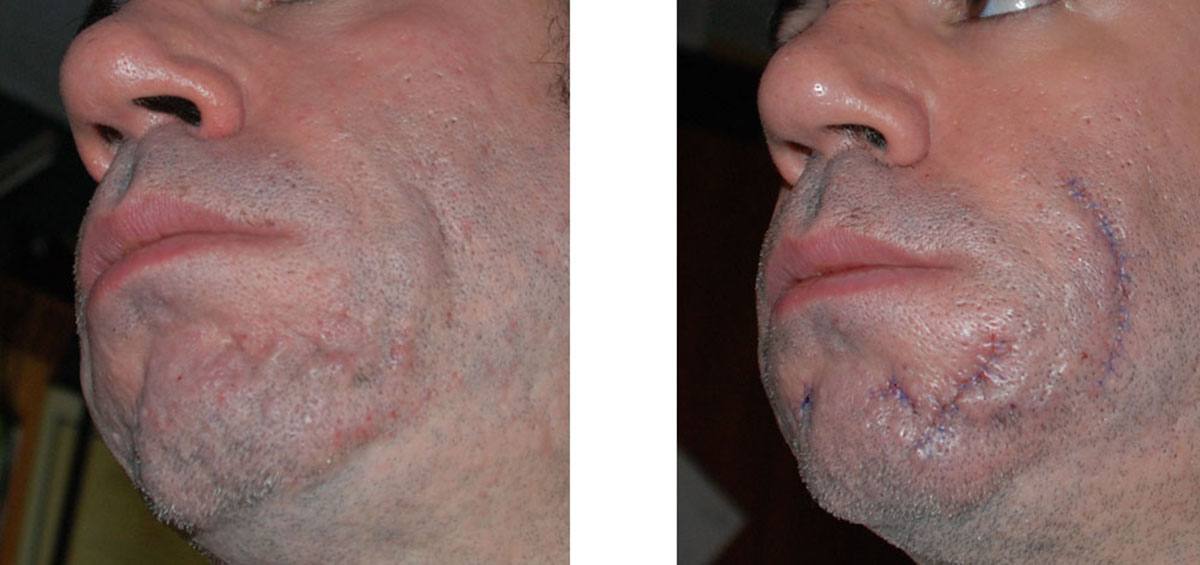
Dermabrasion is a procedure that removes the upper layer of the skin. It is used for the treating scars. Dermabrasion, or surgical skin planning takes off top layer of the skin by abrasion (sanding). This procedure is most commonly used for treating acne scars. Scars can be also removed by chemical peel and laser therapy. This cosmetic technique improves irregularities in the skin surface. Dermabrasion can be used to lessen the wrinkles or improve the appearance of the fine lines around the mouth. Different skin lesions and hyperpigmentation can be treated with dermabrasion too. Finally, dermabrasion can be used for treating tattoo scars, age spots, scars due to chickenpox, accidents or surgery and chronic sun damage. Dermabrasion can be occasionally used to treat precancerous skin lesions such as actinic keratosis.
How is it Done?
Dermabrasion is usually always performed on an outpatient basis. Prior to the procedure a dermatologic surgeon evaluates the medical history of a patient and performs skin examination to determine the condition of the skin. The procedure can be done on the affected area or the entire face. First, the area is thoroughly cleansed using an antiseptic cleansing area. After that, the dermatologist applies a freezing spray to numb the skin. Instead, an anesthetic agent is injected for the same purpose. General anesthesia is commonly given for deep abrasions or if the entire face is treated. High speed rotating abrasive brush peels the outer layers of the skin. If there is bleeding it can be stopped with gauze. Finally, skin soothing ointment is applied.
Since dermabrasion causes skin wound it requires about several days to heal. However, recovery depends on the dept and size of treated area. The patient usually has to take over the counter pain relievers to reduce the discomfort. The new skin is red or pink initially but after 6 to 10 weeks it fades away. During healing, it is advised to take proper care of treated area to avoid infections. That includes cleansing of the skin several times a day, regular dressing and ointment changing and using sun screen or avoiding sun exposure. After healing, the skin generally has a smoother appearance.
Dermabrasion Side Effects
Dermabrasion entails several side effects and risks. They include possibility of scaring, permanent changes in the skin pigmentation (hyperpigmentation) and long term skin redness. The procedure may also cause increased sensitivity to sunlight and tissue damage due to excessive freezing. Dermabrasion is associated with the risk of infection thus it is recommended to avoid swimming pools, shaving and tanning until complete recovery. Dermabrasion cannot completely remove the scar. It is more effective with minor or raised scars.


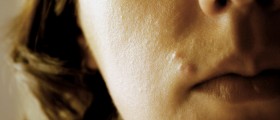


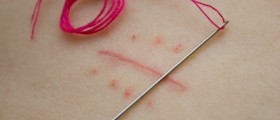
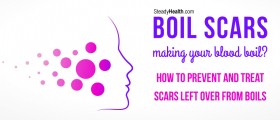
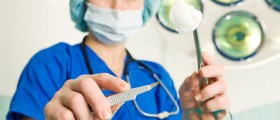


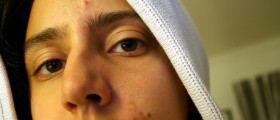

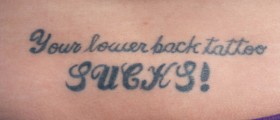
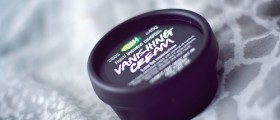



Your thoughts on this
Loading...